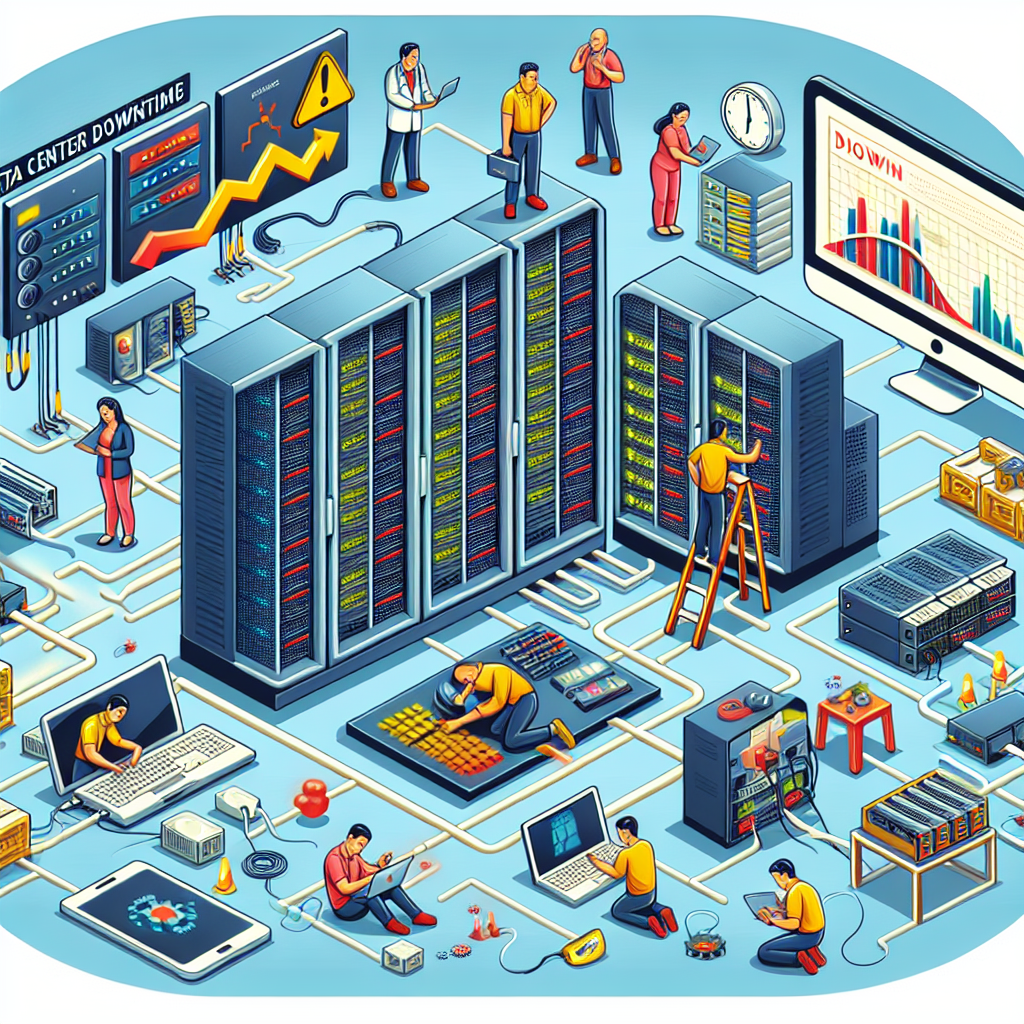Data center downtime can be a costly and frustrating problem for businesses of all sizes. When a data center goes offline, it can disrupt operations, cause financial losses, and damage a company’s reputation. Addressing the common causes of data center downtime is essential for ensuring that your business runs smoothly and efficiently. In this article, we will discuss some of the most common causes of data center downtime and provide tips on how to prevent them.
1. Power Outages: Power outages are one of the leading causes of data center downtime. When the power goes out, servers and other critical equipment can shut down, causing disruptions in service. To prevent power outages, data centers should have backup power sources such as generators or Uninterruptible Power Supply (UPS) systems. Regular maintenance and testing of these backup power sources are also essential to ensure they are ready to kick in when needed.
2. Cooling System Failures: Data centers generate a lot of heat due to the constant operation of servers and other equipment. Cooling systems are essential for maintaining the temperature of the data center within a safe range. If a cooling system fails, the temperature can rise quickly, leading to equipment overheating and potential damage. Regular maintenance of cooling systems, monitoring of temperature levels, and implementing redundancy in cooling systems can help prevent downtime caused by cooling system failures.
3. Hardware Failures: Hardware failures are another common cause of data center downtime. Servers, storage devices, and networking equipment can fail due to age, wear and tear, or manufacturing defects. Regular hardware maintenance, monitoring, and replacement of aging equipment can help prevent downtime caused by hardware failures. Implementing redundancy in critical hardware components can also help minimize the impact of a single hardware failure.
4. Human Error: Human error is often a contributing factor to data center downtime. Misconfigurations, accidental deletions, and other mistakes can lead to service disruptions. Proper training of data center staff, implementing strict change management processes, and regular audits of configurations can help reduce the risk of downtime caused by human error.
5. Natural Disasters: Natural disasters such as hurricanes, earthquakes, and floods can cause data center downtime if proper precautions are not taken. Data centers located in areas prone to natural disasters should have disaster recovery plans in place, including offsite backups and redundant data centers in different locations. Regular testing of disaster recovery plans and ensuring that all staff are trained on emergency procedures are essential for minimizing downtime caused by natural disasters.
In conclusion, addressing the common causes of data center downtime requires a proactive approach to maintenance, monitoring, and disaster preparedness. By implementing best practices for power management, cooling systems, hardware maintenance, human error prevention, and disaster recovery, businesses can minimize the risk of downtime and ensure that their data centers operate smoothly and efficiently. Investing in the reliability and resilience of your data center infrastructure is essential for protecting your business operations and reputation.


Leave a Reply